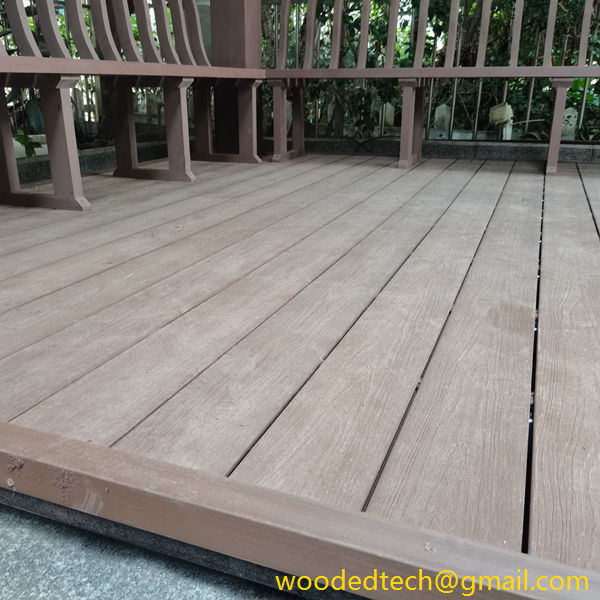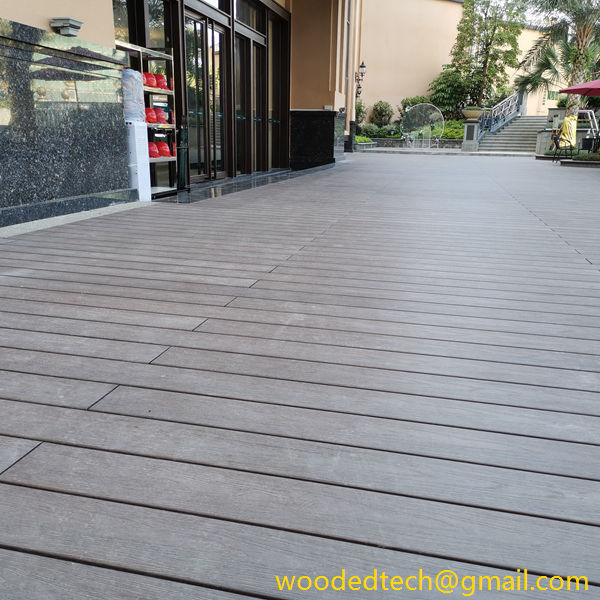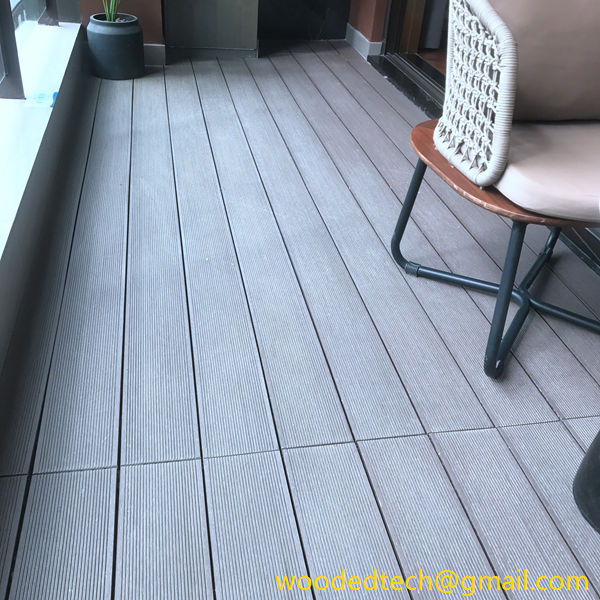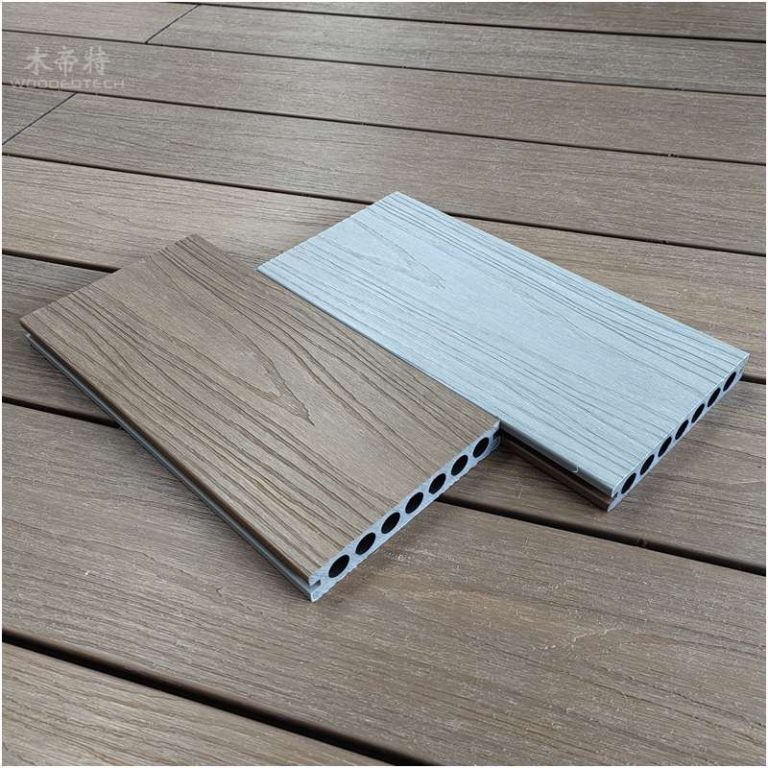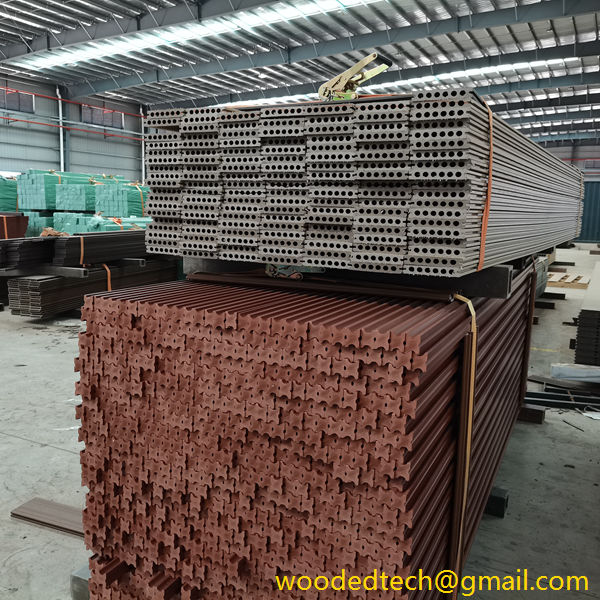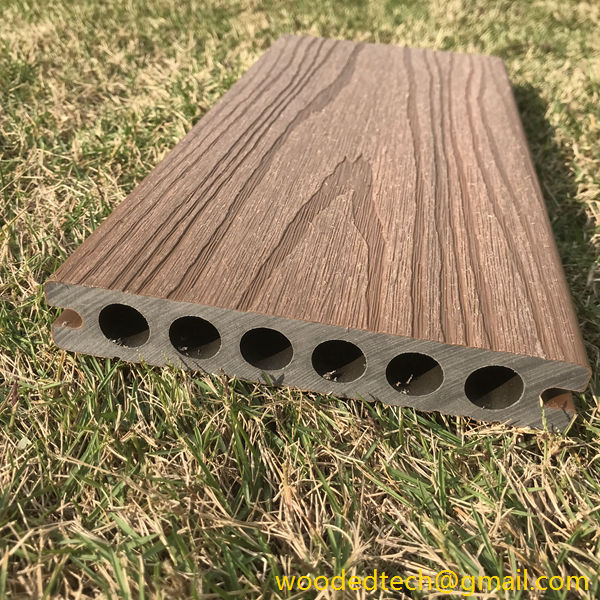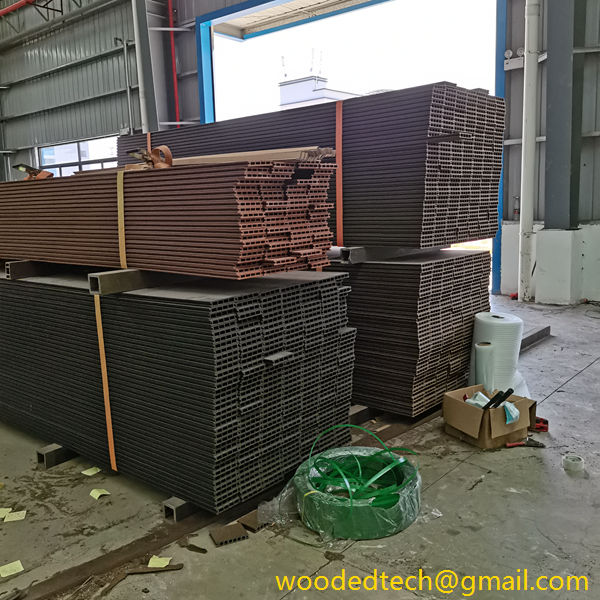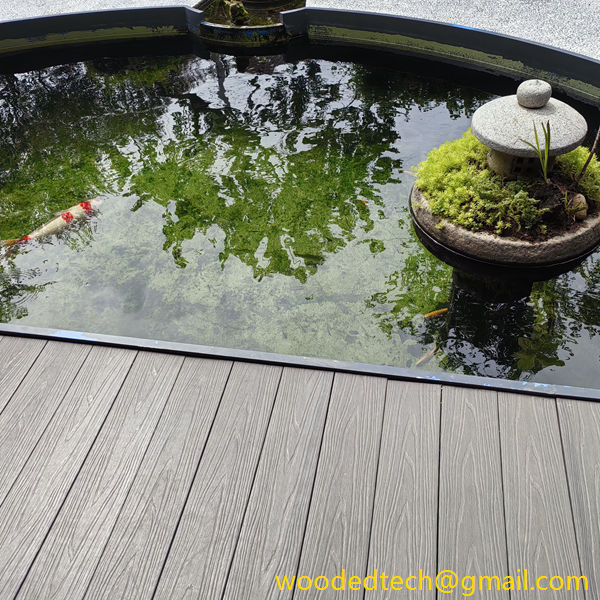HDPE Plastic Wood: Explore the Durability of HDPE Plastic Wood for Various Applications
HDPE Plastic Wood: Explore the Durability of HDPE Plastic Wood for Various Applications HDPE Plastic Wood is an innovative material that has gained significant traction in recent years due to its remarkable durability and versatility. This composite material is primarily made from high-density polyethylene (HDPE), which is a type of plastic that is known for…
HDPE Plastic Wood: Explore the Durability of HDPE Plastic Wood for Various Applications
HDPE Plastic Wood is an innovative material that has gained significant traction in recent years due to its remarkable durability and versatility. This composite material is primarily made from high-density polyethylene (HDPE), which is a type of plastic that is known for its strength and resilience. When combined with wood fibers, HDPE creates a product that not only mimics the appearance of traditional wood but also surpasses it in terms of performance and longevity.
One of the most notable features of HDPE Plastic Wood is its exceptional resistance to the elements. Unlike traditional wood, which can warp, rot, or splinter when exposed to moisture, HDPE is impervious to water. This makes it an ideal choice for outdoor applications, including decking, fencing, and patio furniture. With HDPE Plastic Wood, homeowners can enjoy the aesthetic appeal of wood without the maintenance headaches associated with it.
In addition to its water resistance, HDPE Plastic Wood is also highly resistant to UV rays. Prolonged exposure to sunlight can cause fading and degradation in traditional wood products, leading to a need for frequent refinishing or replacement. However, HDPE maintains its color and structural integrity even after years of sun exposure. This makes it an excellent solution for areas with high sun exposure, such as decks, playgrounds, and garden furniture.
Another attractive aspect of HDPE Plastic Wood is its durability. This material is designed to withstand the rigors of everyday use without showing signs of wear and tear. It does not crack or splinter, making it safer for families with children or pets. Furthermore, HDPE is resistant to pests such as termites and other wood-boring insects, which can wreak havoc on traditional wooden structures. As a result, HDPE offers a long-lasting solution that can significantly reduce maintenance costs over time.
The versatility of HDPE Plastic Wood extends to its diverse range of applications. In residential settings, it can be used for a variety of outdoor projects, including decking, railing, benches, and garden beds. Its aesthetic appeal allows it to blend seamlessly with natural landscapes, enhancing the beauty of outdoor spaces. Additionally, it can be easily cut, shaped, and installed just like traditional wood, making it a favorite among contractors and DIY enthusiasts alike.
In commercial applications, HDPE Plastic Wood has found a place in parks and recreational areas. Its resistance to weather and wear makes it a suitable choice for playground equipment, picnic tables, and boardwalks. Since safety is a top priority in public spaces, the smooth surface of HDPE eliminates the risk of splinters, providing a safe environment for children and families.
Moreover, HDPE Plastic Wood is an environmentally friendly choice. It is often made from recycled materials, contributing to waste reduction and promoting sustainability. By utilizing post-consumer plastics, manufacturers can help divert plastic waste from landfills while creating a product that is both functional and eco-friendly. This aspect appeals to environmentally conscious consumers who are looking for sustainable alternatives to traditional materials.
Another advantage of HDPE Plastic Wood is its low maintenance requirements. Unlike traditional wood, which may need regular staining, sealing, or painting to maintain its appearance and durability, HDPE requires minimal upkeep. Occasional cleaning with soap and water is typically all that is needed to keep it looking new. This not only saves time but also reduces the overall cost of ownership, making it an attractive option for both homeowners and businesses.
The installation process for HDPE Plastic Wood is also user-friendly. Many products are designed with interlocking systems that simplify assembly, allowing for quick and efficient installation. This ease of use can be particularly beneficial for DIY projects, where homeowners may want to tackle their outdoor renovations without the need for professional assistance.
Furthermore, HDPE Plastic Wood is available in a wide range of colors and finishes, allowing for customization to match any aesthetic preference. Whether one desires a natural wood look or a bold, modern hue, the options are virtually limitless. This customization capability ensures that HDPE can cater to various design preferences, making it suitable for both contemporary and traditional settings.
In conclusion, HDPE Plastic Wood is an outstanding material that offers a plethora of benefits for a variety of applications. Its durability, resistance to moisture and UV rays, and low maintenance requirements make it an ideal choice for outdoor projects. Furthermore, its versatility allows it to be used in both residential and commercial settings, providing a safe and attractive solution for a range of needs. As an environmentally friendly option made from recycled materials, HDPE Plastic Wood aligns with the growing demand for sustainable building practices. Whether one is looking to enhance their home’s outdoor space or develop a public park, HDPE Plastic Wood stands out as a reliable and appealing choice that promises longevity and beauty.

